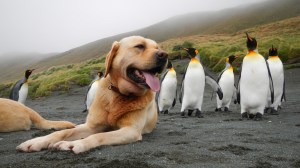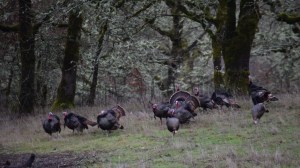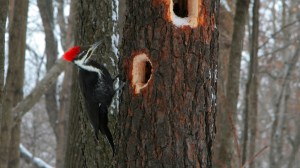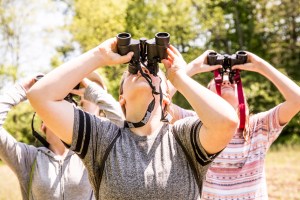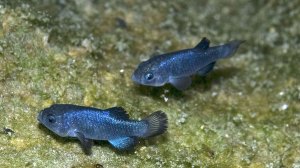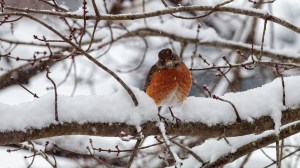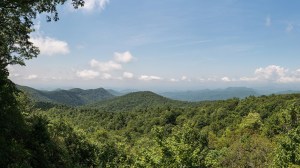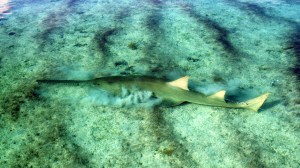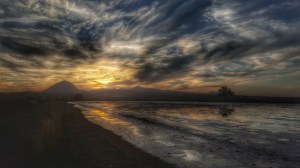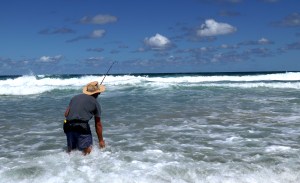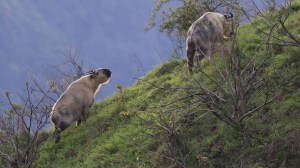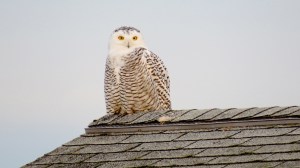Discover stories in Wildlife
Recovery: Evicting Rabbits
When rabbits are introduced to islands, native species suffer.
Can You Ever Have Too Many Turkeys?
Citizen science provides opportunities to answer essential questions about how people — and the non-native species we've introduced — affect oak savannas, prairies and streams.
The Pileated Woodpecker in Winter
Even in the harshest winter conditions, you can count on seeing the spectacular pileated woodpecker.
Make Your Birdwatching Count with the Great Backyard Bird Count
Want to help bird conservation? Head out to a local park or look outside your window. And start counting birds.
How an Alaskan Earthquake Caused Fish to Spawn in Death Valley
At first glance, the Devils Hole pupfish would rightly be considered one of the most isolated creatures on earth, but the broader world touches the pupfish in surprising ways. Everything's connected.
Why Are You Seeing Robins in Winter?
Spring has certainly not arrived, so why have the robins?
Land Rich and Cash Poor
"For me as a black southerner who loves nature, the freedom of wildness is worth a life's weight in gold."
Recovery: Smalltooth Sawfish Flickering Back
Recovery of the smalltooth sawfish is going better than expected, but public ignorance can still imperil these fish.
Bumper-Crop Birds: Pop-Up Wetlands Are a Success in California
By partnering with rice farmers in California, the Conservancy is transforming fields into pop-up wetlands for migrant shorebirds, yielding the largest average shorebird densities ever reported for agriculture in the region.
How to Fail at Fishing: The Diary of a Birder Learning to Fish
After the Birds vs Fish debate overtook the internet, one die-hard birder decides to figure out why some seemingly sane people prefer fins over feathers.
Meet the Takin: The Largest Mammal You’ve Never Heard Of
Meet the 700-pound mammal that resembles something Luke Skywalker would ride.
Understanding the Nomadic Habits of Snowy Owls
New research helps you understand why a snowy owl is in your local field this winter.
